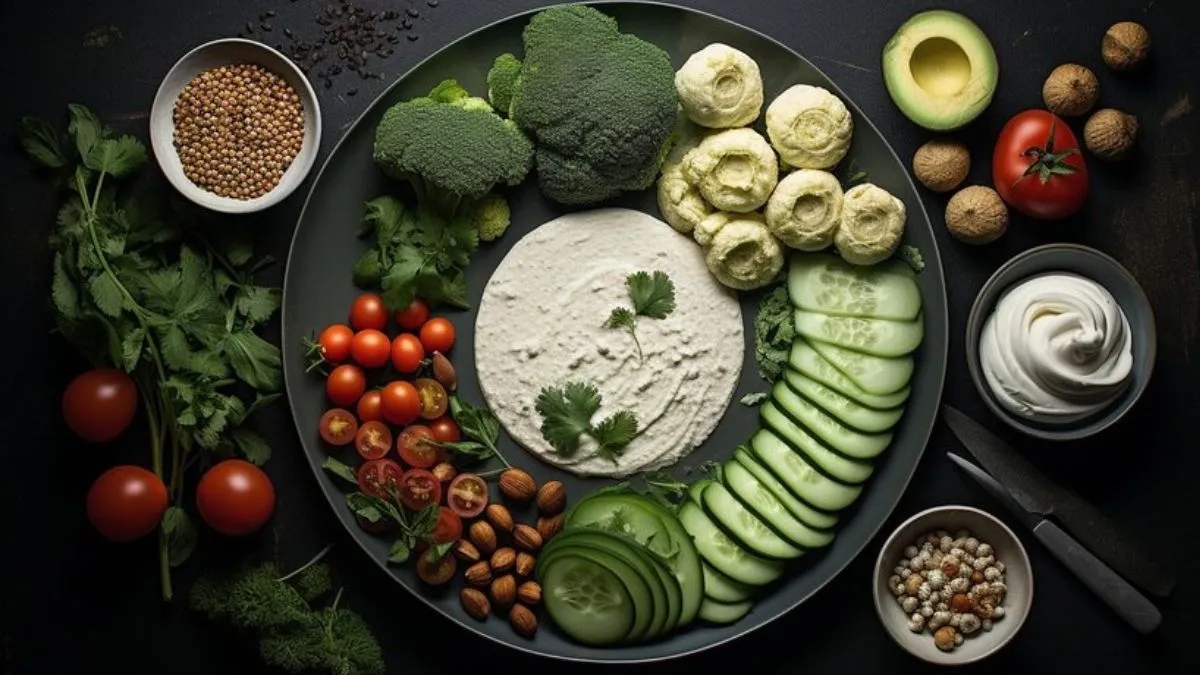- By Radha Basnet
- Thu, 09 May 2024 02:41 PM (IST)
- Source:JND
The Indian Council of Medical Research and National Institute of Nutrition (ICMR-NIN) released 17 dietary guidelines to prevent nutrient deficiencies, as well as address the rising risk of non-communicable diseases (NCDs) such as obesity, diabetes, and cardiovascular diseases in India. Estimates show that 56.4 per cent of the total disease burden in India is due to unhealthy diets, the ICMR said on Wednesday.
The National Institute of Nutrition (NIN), under the apex health research body, stated that healthy diets and physical activity can reduce a substantial proportion of coronary heart disease (CHD), hypertension (HTN), and type 2 diabetes. It was also noted that adhering to healthy lifestyle practices could potentially prevent up to 80 per cent of type 2 diabetes cases and significantly reduce the risk of CHD and HTN. "A significant proportion of premature deaths can be averted by following a healthy lifestyle," it said.
Recommendations For A Healthy Diet
The dietary guidelines put forth by the National Institute of Nutrition encompass a diverse array of recommendations designed to optimise nutrient intake, prevent micronutrient deficiencies, and combat the rising tide of obesity and related disorders. Here are key recommendations outlined in the guidelines:
- Restricting salt intake
- Using oils and fat in moderation
- Doing proper exercise
- Minimising sugar and ultra-processed foods consumption
It also suggested adopting a healthy lifestyle to prevent obesity and reading information on food labels to make informed and healthy food choices. These recommendations have been drafted by a multidisciplinary committee of experts led by Dr Hemalatha R, Director of ICMR-NIN and have undergone several scientific reviews.
What Doctor Has To Say On Healthy Diet Practice
Dr Hemalatha emphasised the importance of ensuring the availability, accessibility, and affordability of nutrient-rich foods while promoting the consumption of diverse foods. She underscored the role of the dietary guidelines in supporting the goals outlined in the National Nutrition Policy and facilitating the attainment of optimal health outcomes among the population.
ALSO READ: 5 Easy-To-Make And Healthy Hydrating Drinks For Glowing And Clean Skin
"Through the DGIs, we emphasise that the most logical, sustainable, and long-term solution to all forms of malnutrition is ensuring the availability, accessibility and affordability of nutrient-rich foods while promoting consumption of diverse foods. The guidelines contain in them scientific evidence-based information that would facilitate the attainment of goals stated in the National Nutrition Policy," Hemlatha said as quoted by news agency PTI.
Dr Rajiv Bahl, Director General, ICMR, said the dietary habits of Indians have undergone significant changes over the past few decades, leading to an increase in the prevalence of non-communicable diseases.
ICMR Guidelines For Balanced Diet
According to the guidelines, a balanced diet should consist of no more than 45 per cent of calories from cereals and millet, with an additional 15 per cent of calories from pulses, beans, and meat. The remaining portion of calories should be sourced from nuts, vegetables, fruits, and milk.
However, the National Institute of Nutrition (NIN) highlighted that due to the limited availability and high cost of pulses and meat, a significant portion of the Indian population heavily relies on cereals. This over-reliance on cereals often leads to inadequate intake of essential macronutrients such as essential amino acids and essential fatty acids, as well as essential micronutrients.
(With PTI Inputs)

